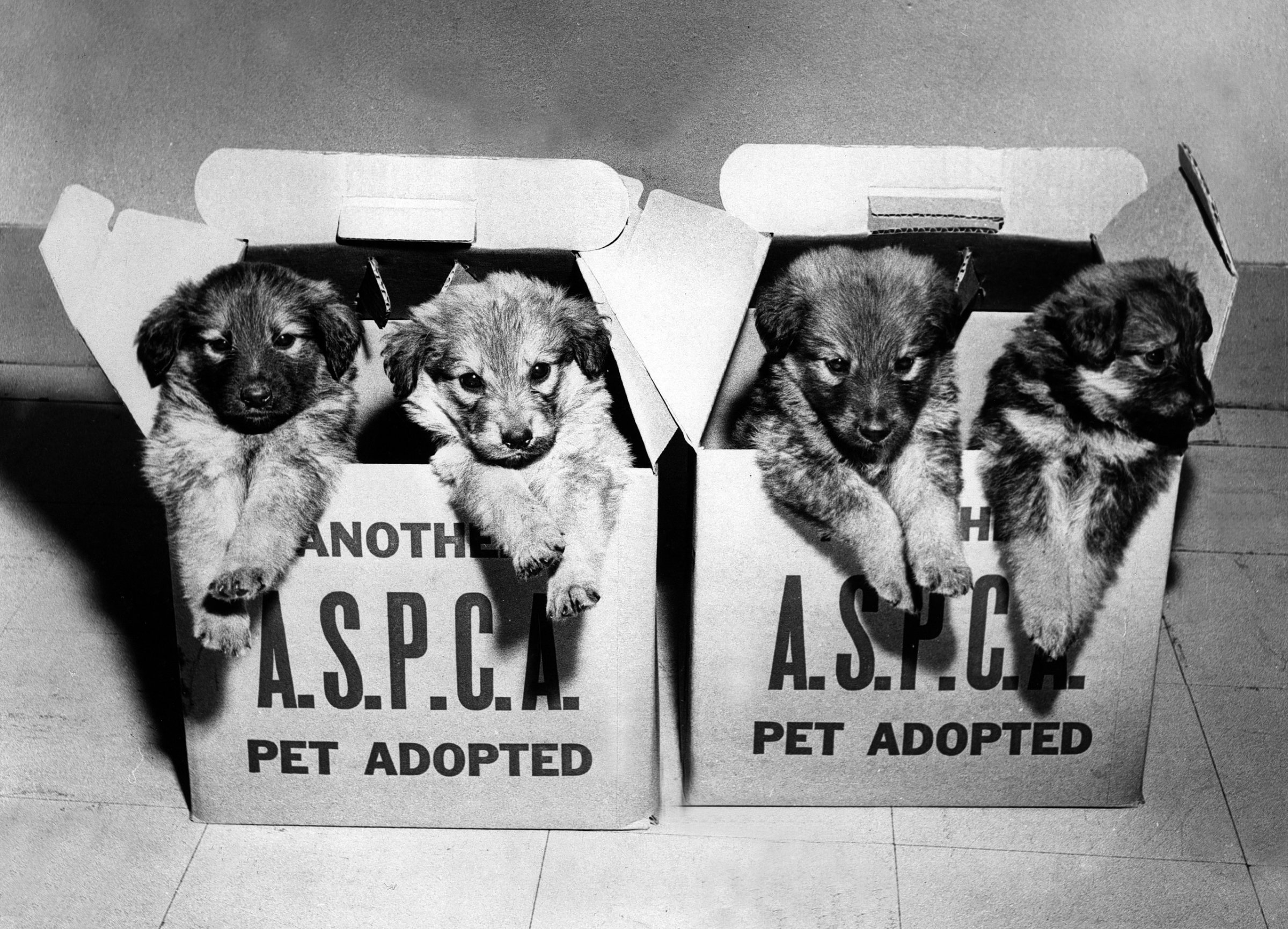
According to legend, Henry Bergh was traveling in St. Petersburg around 1863 when he ordered his carriage to stop. The 50-year-old son of a wealthy New York shipbuilder who had received a diplomatic appointment in Russia, Bergh issued the command after he saw a peasant beating a horse. Bergh—who didn’t speak Russian but was a large man wearing an official uniform—stopped the beating.
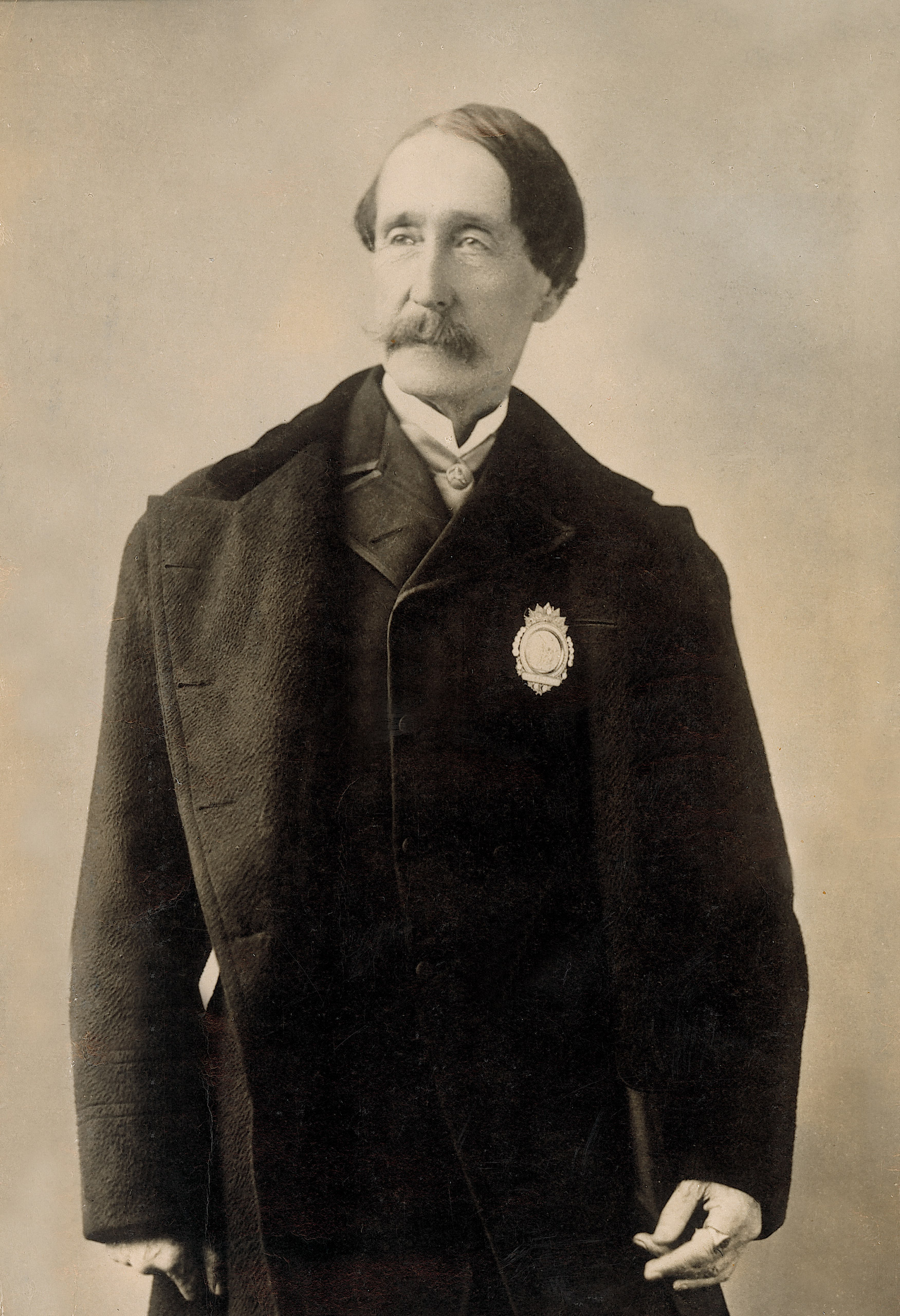
Bergh had seen many similar whippings throughout his life, and he decided he would devote the rest of it to stopping them. After returning home to New York, Bergh gathered signatures from some of the state’s biggest names and presented them to state officials. On April 10, 1866—150 years ago this weekend—he received a charter for the American Society for Prevention of Cruelty to Animals. Within about a week, the state had passed legislation aimed at stopping cruelty to animals, and Bergh’s ASPCA (from whose archives the photos above are taken) was given the authority to enforce it.
Get your history fix in one place: sign up for the weekly TIME History newsletter
“[The] horse was only Bergh’s first compassion. To arrest inhumane butchers, Bergh sometimes waded ankle-deep in blood through the slaughterhouses, braved barrages of pigs’ feet, entrails and cows’ livers. Undaunted by flying pails of swill, he invaded the dairies of uptown Manhattan, nauseated milk drinkers with his grisly descriptions of the milking (for public consumption) of ulcerous and dying cows,” TIME explained in a 1942 review of a biography of the man. “With police at his back, he broke up bloody dogfights, rat battles, bearbaitings. He hounded the rich who docked their horses’ tails. He halted cattle vans and revolted the public with the spectacle of diseased sheep and steers on their way to the butcher shop. His daily good deed done, Henry Bergh (‘unmanly as it may seem’) would weep copiously in the privacy of his room.”
But while TIME once called the ASPCA “the father of all U.S. be-kind-to-animals organizations,” it was also a child of its time.
“One of the things to always keep in context is that we’re talking about the period following the Civil War,” says ASPCA historian Dr. Stephen Zawistowski. “It was a period of tremendous social upheaval and change.” Case in point: many early advocates of animal protection had also been involved in antislavery causes before the Civil War. While animal rights groups sometimes face criticism for prioritizing animals’ needs over those of people, the ASPCA grew out of a larger human-focused reform moment. Bergh, in fact, was also instrumental in the founding of the Society for the Prevention of Cruelty to Children.
The ASPCA also did much to shift the legal landscape regarding animals. Laws had existed to protect some animals before 1866, but they were focused on property rather than humane treatment. That meant that the law only protected animals with economic value—not pets—and often exempted mistreatment of one’s own livestock. “You couldn’t beat someone else’s horse,” Zawistowski says. “A lot of the times, the defense was, ‘Well, it’s my horse! I can beat it if I want to!'” Such an approach extended to other 19th-century views about the sanctity of property, which also included children and wives. Bergh’s daring to challenge property made him the subject of some ridicule. But it forever changed the way America treats its animals.
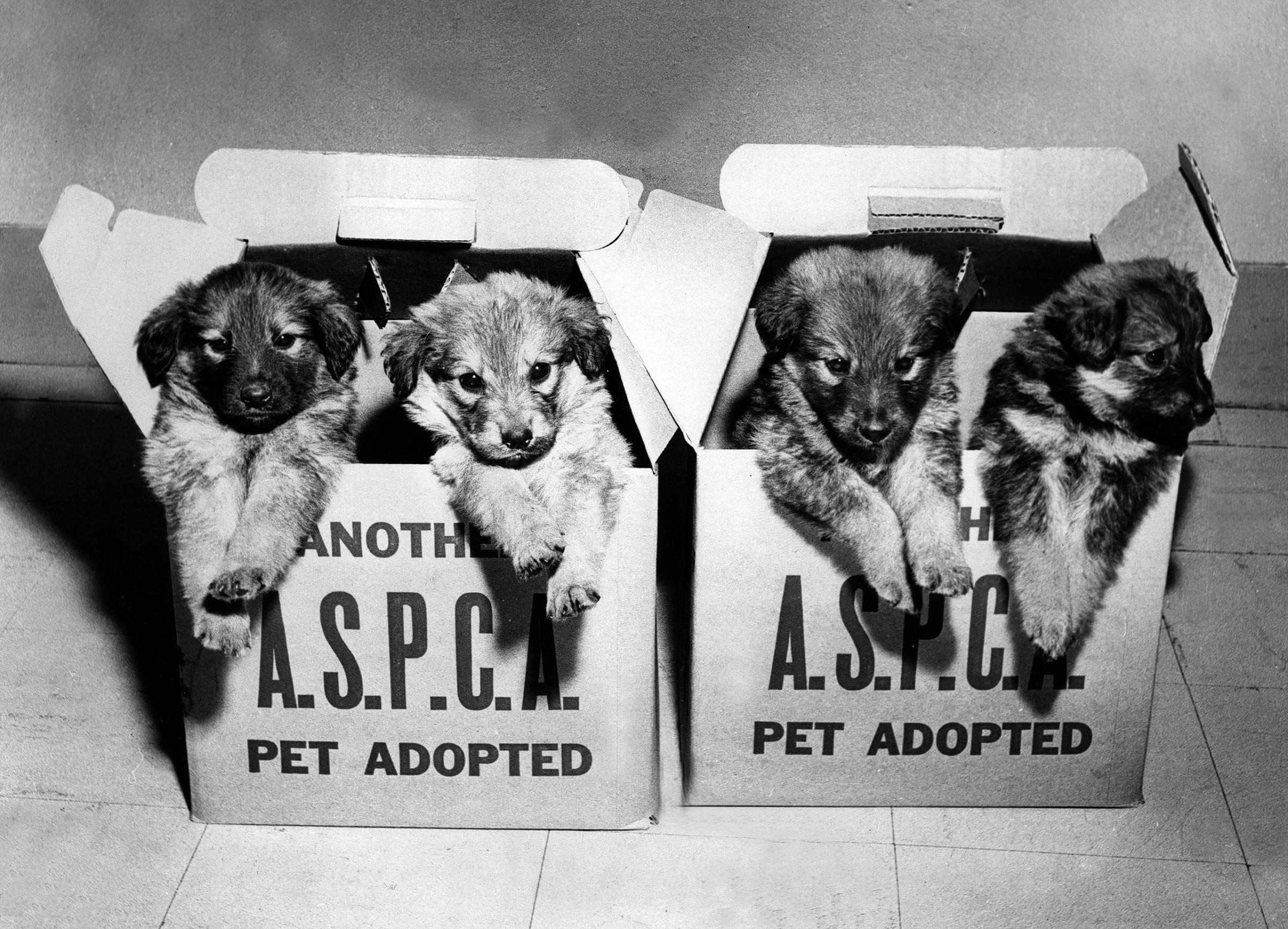




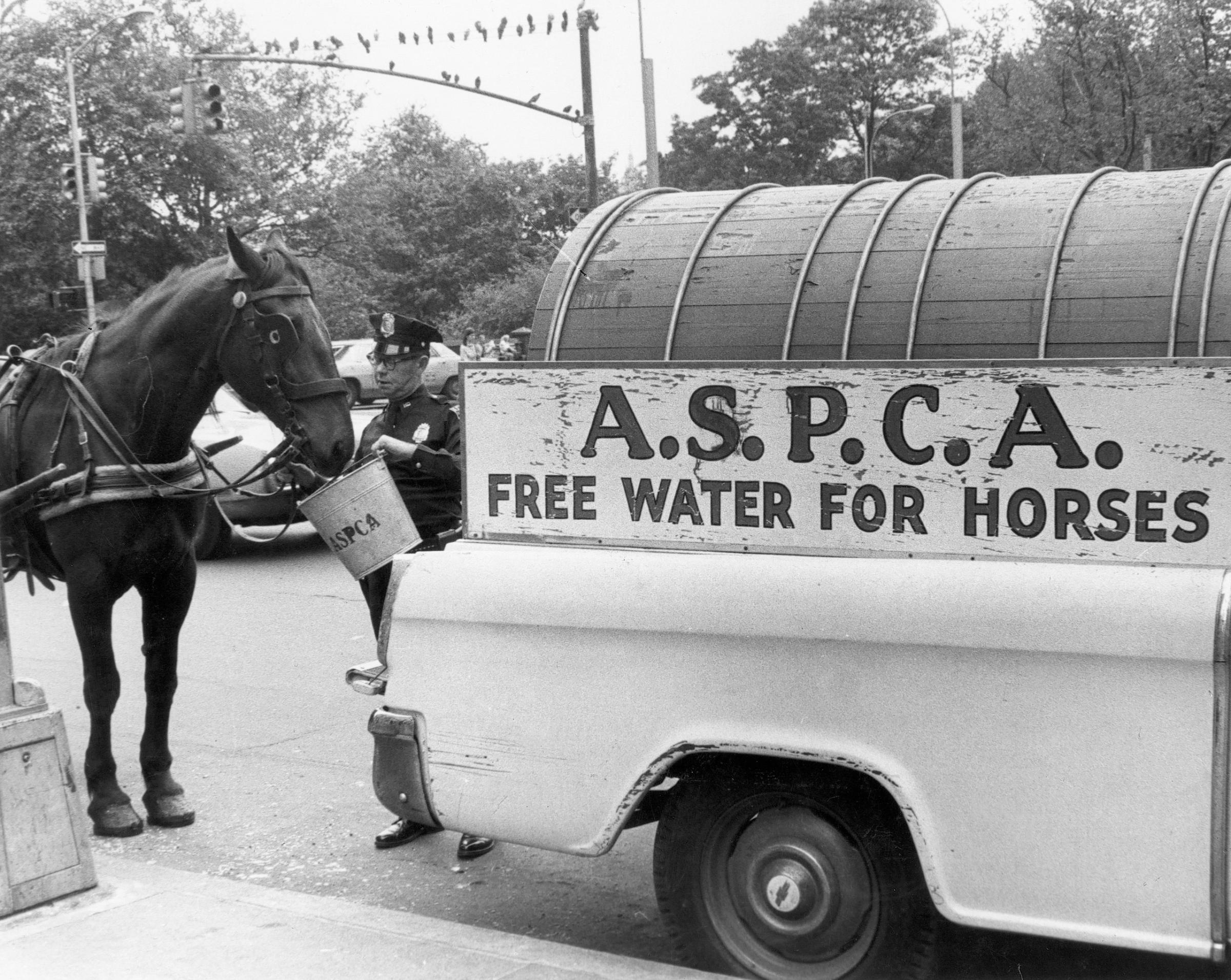
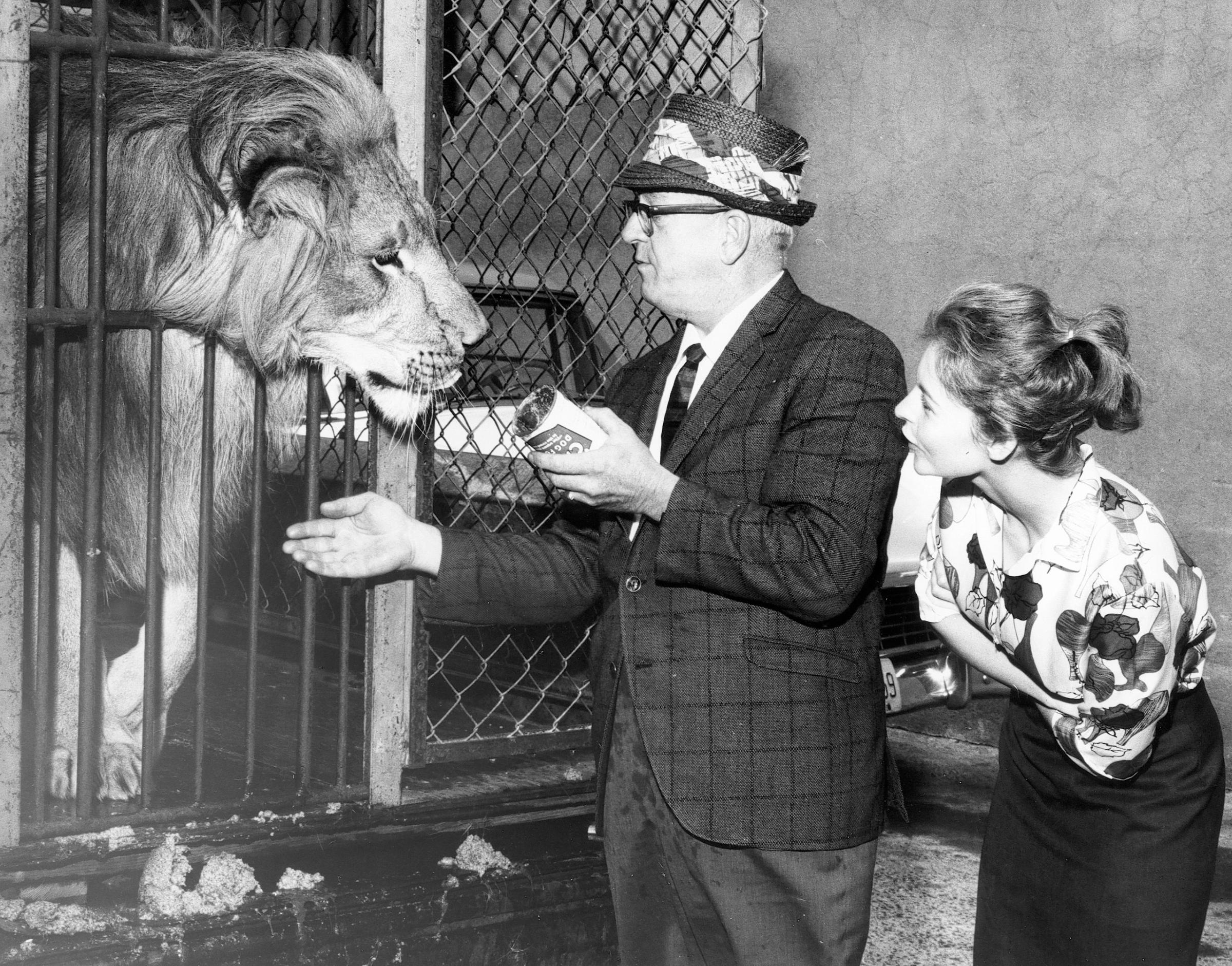
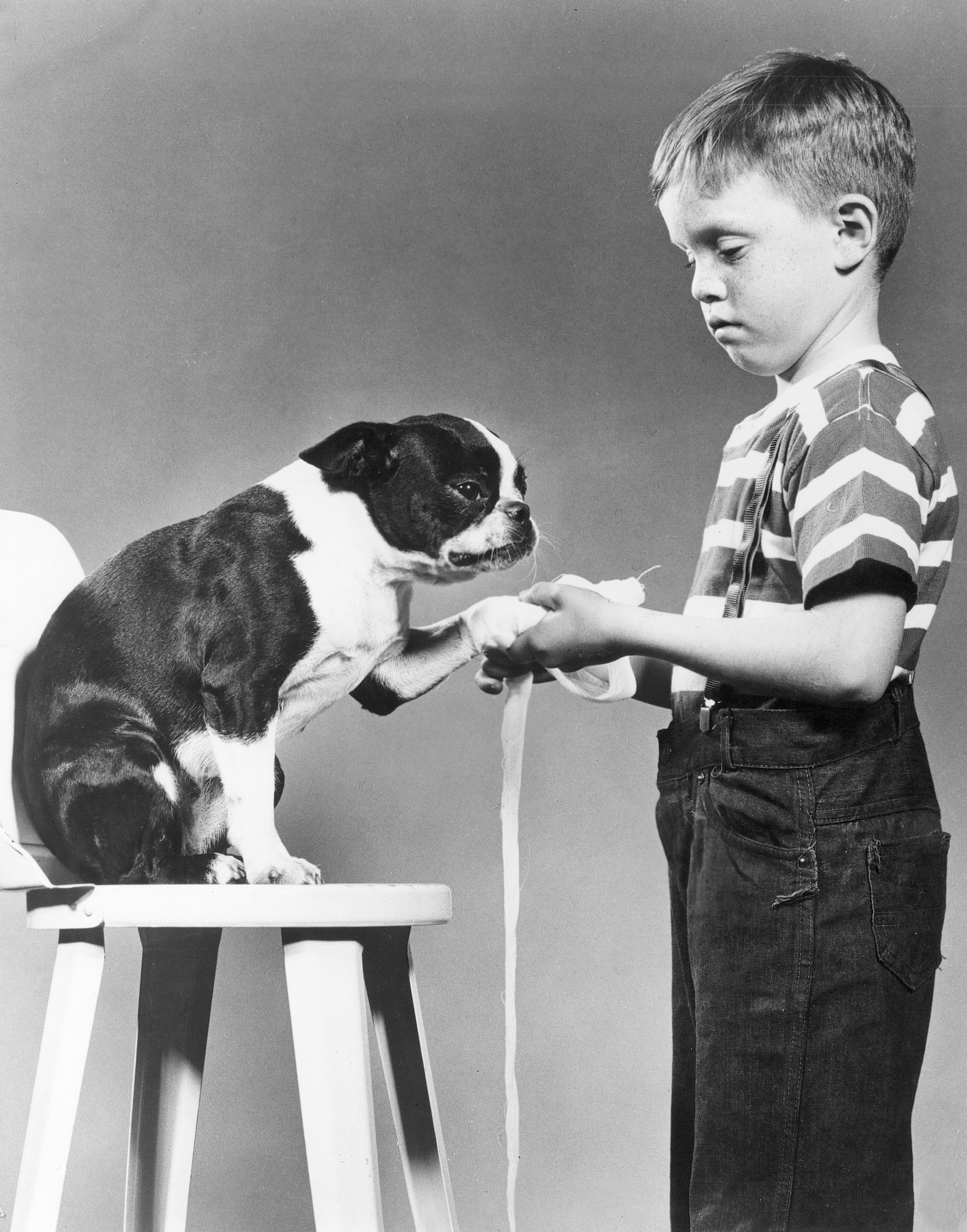
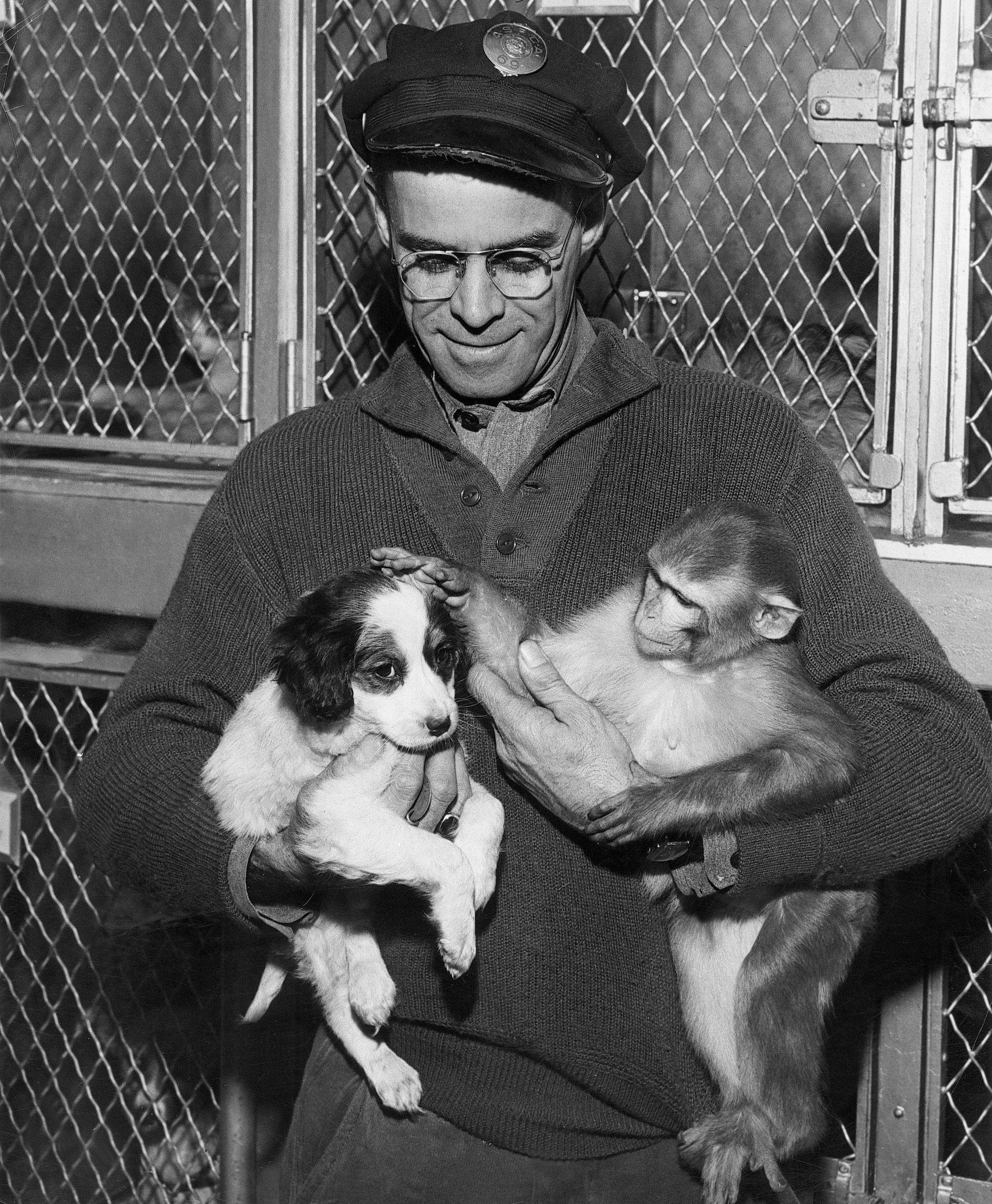
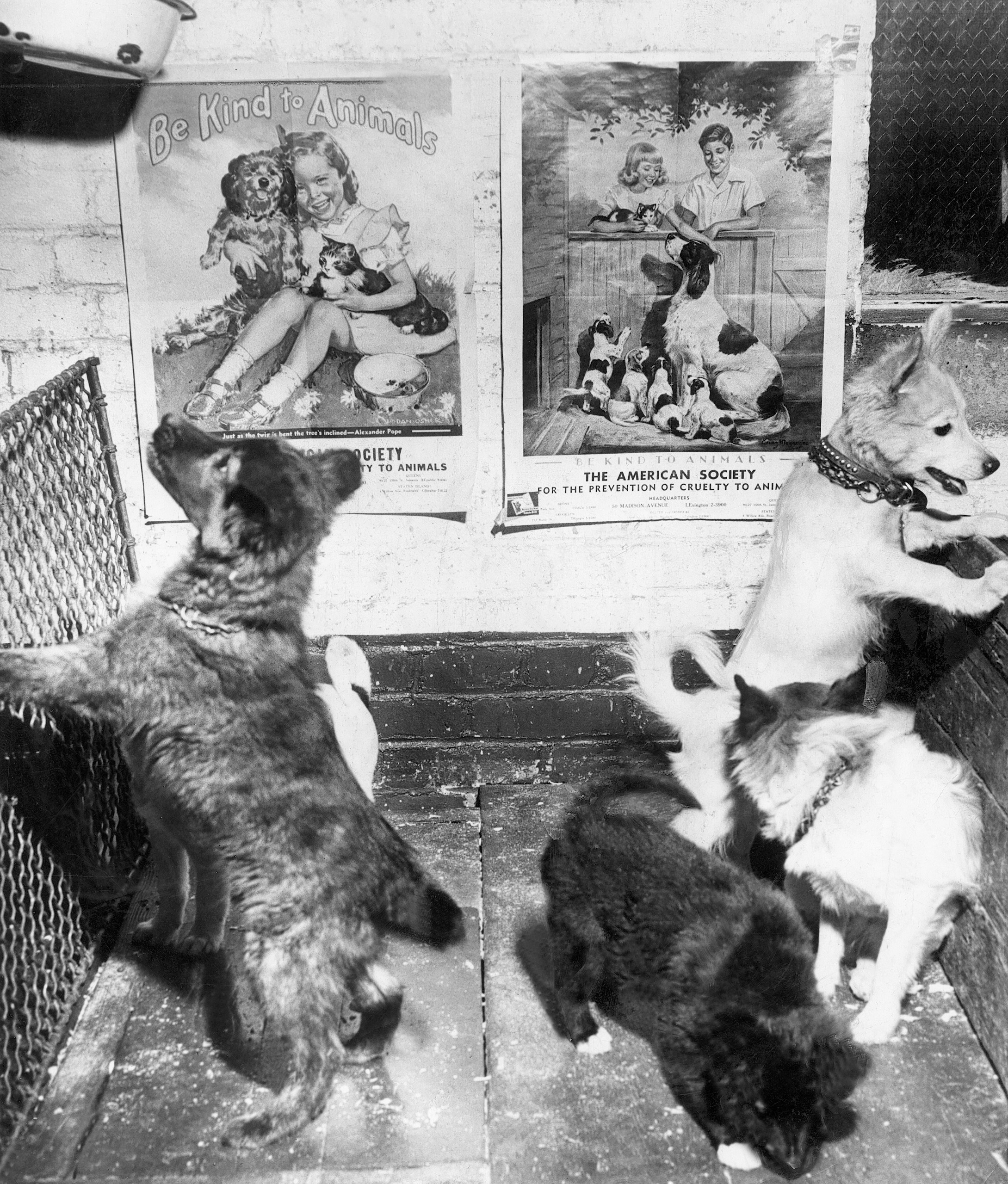
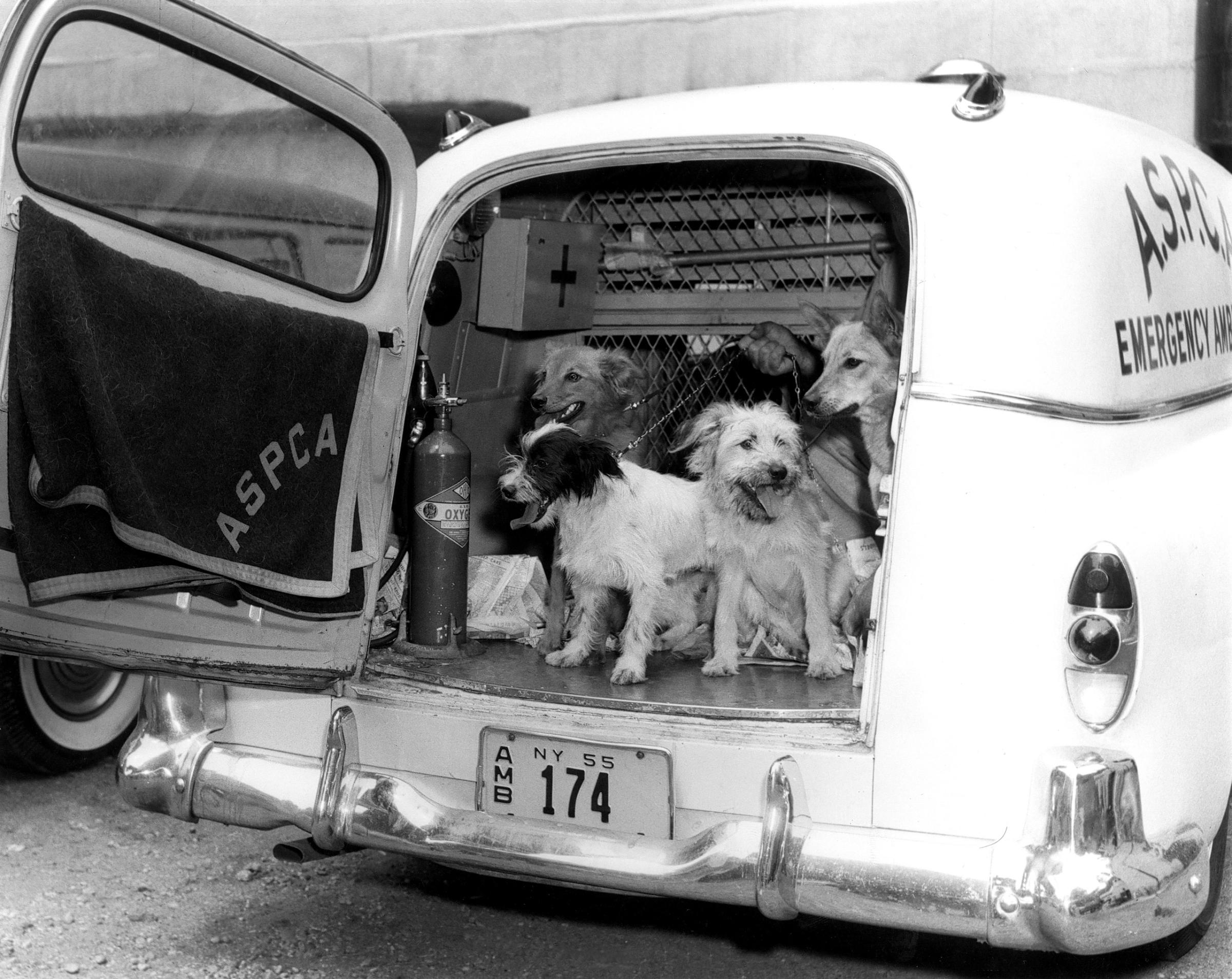
More Must-Reads from TIME
- Cybersecurity Experts Are Sounding the Alarm on DOGE
- Meet the 2025 Women of the Year
- The Harsh Truth About Disability Inclusion
- Why Do More Young Adults Have Cancer?
- Colman Domingo Leads With Radical Love
- How to Get Better at Doing Things Alone
- Michelle Zauner Stares Down the Darkness
Write to Lily Rothman at lily.rothman@time.com